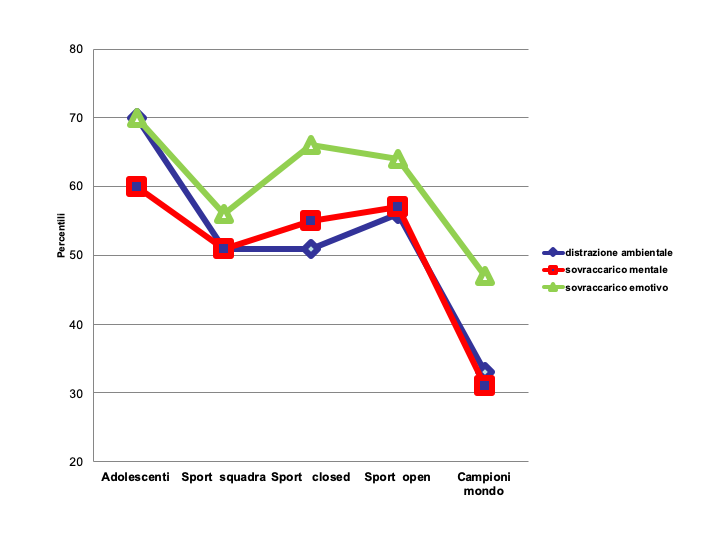In football, concentration errors can significantly impact both individual and team performances. Here are some of the main concentration errors that footballers can make:
- Distraction during the game - Players can easily get distracted, losing sight of teammates’ positions, opponents, or the ball. This distraction can lead to misplaced passes, possession losses, or defensive errors.
- Lack of attention during set-pieces - Corners, free-kicks, and penalties require maximum concentration. Errors during these situations can result in conceding goals.
- Loss of focus after conceding or scoring a goal - After scoring or conceding a goal, players might momentarily lose focus, reducing their concentration and determination to continue the game.
- Underestimating opponents - Ignoring opponents’ quality can lead to lack of preparation and concentration during the game, causing avoidable errors.
- Lack of communication - Insufficient communication among players can lead to positioning errors, ineffective marking, and tactical disorganization.
- Stress and pressure - Competitive pressure from crucial game situations or high expectations can negatively affect players’ concentration, leading to mistakes.
- Lack of physical fitness - Physical fatigue can influence concentration. Fatigued players tend to make more technical and decision-making errors.
- Lack of emotional self-control - Inability to manage emotions during the game, such as frustration or euphoria, can interfere with concentration and result in errors.
- Failure to adapt to game conditions - Variations in weather, field conditions, or surroundings can impact players’ concentration. Failure to adapt to these conditions can lead to gameplay errors.
- Mental weakness under pressure - Some players might lose concentration in high-pressure situations, like during the end of an important match or penalty shootouts. Lack of mental resilience can lead to critical errors.
To improve concentration in football, players can adopt strategies such as mental training, visualization, mindfulness practice, improving physical conditioning, and working on communication and team cohesion. These methods can help reduce concentration errors and enhance overall performance on the field.






